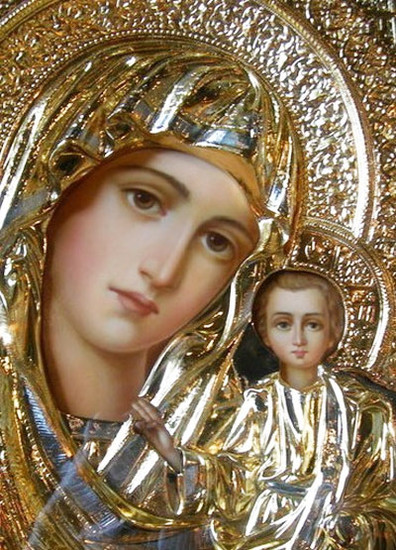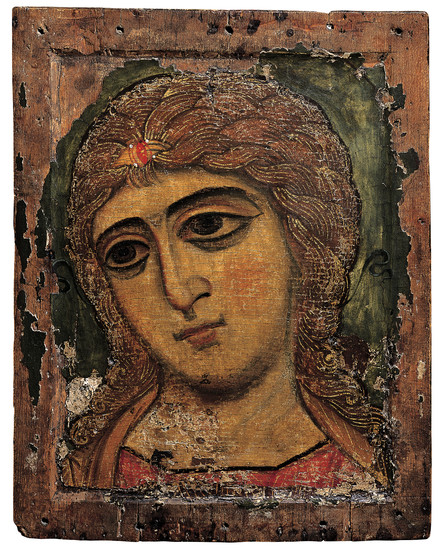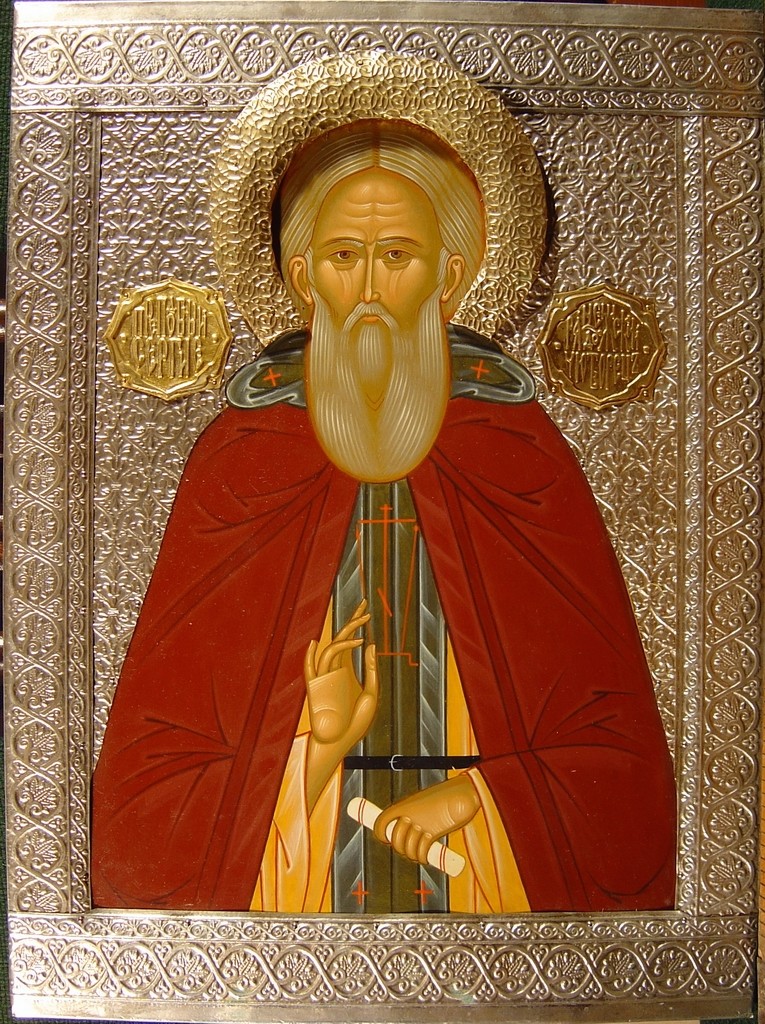No Russian church is complete without its icons – but what do these ancient images mean, and why are they there? The tradition came to Kievan Rus following the conversion to Christianity in 988. Little is known about the artists who painted them – with a few notable exceptions, such as the great Andrei Rublev, these were considered works to glorify God, not celebrate the talent of their makers. At a time when literacy was unusual, strong visual images played a vital role in the ritual. These painted icons, following from Byzantine tradition, were introduced as a focal point for prayer. Even today, believers continue to address prayers to specific icons, choosing an image that matches the problem they wish to share with God. That’s why, for example, icons depicting Prince Pyotr and his peasant bride Fevronia are associated with prayers concerning family life. Some of Russia’s most venerated icons have legends attached to them: they accompanied great armies into battle and are credited with inspiring victories and defending the Orthodox faith of the Russian people. The icon of the Mother of God of Vladimir is believed to have spared Moscow from invasion on no less than three occasions. The monastery on Sretenka was built on the site where, in 1395, Prince Vasily of Moscow spent the night praying over the icon after it arrived from the ancient city of Vladimir. The next day the Mongol Armies of Tamerlane retreated from the city. Learn more about Russian icons in the Andrey Rublev Museum of Ancient Russian Culture and Art or in the Tretatyakov Gallery.
Icons
Moscow In Your Pocket





